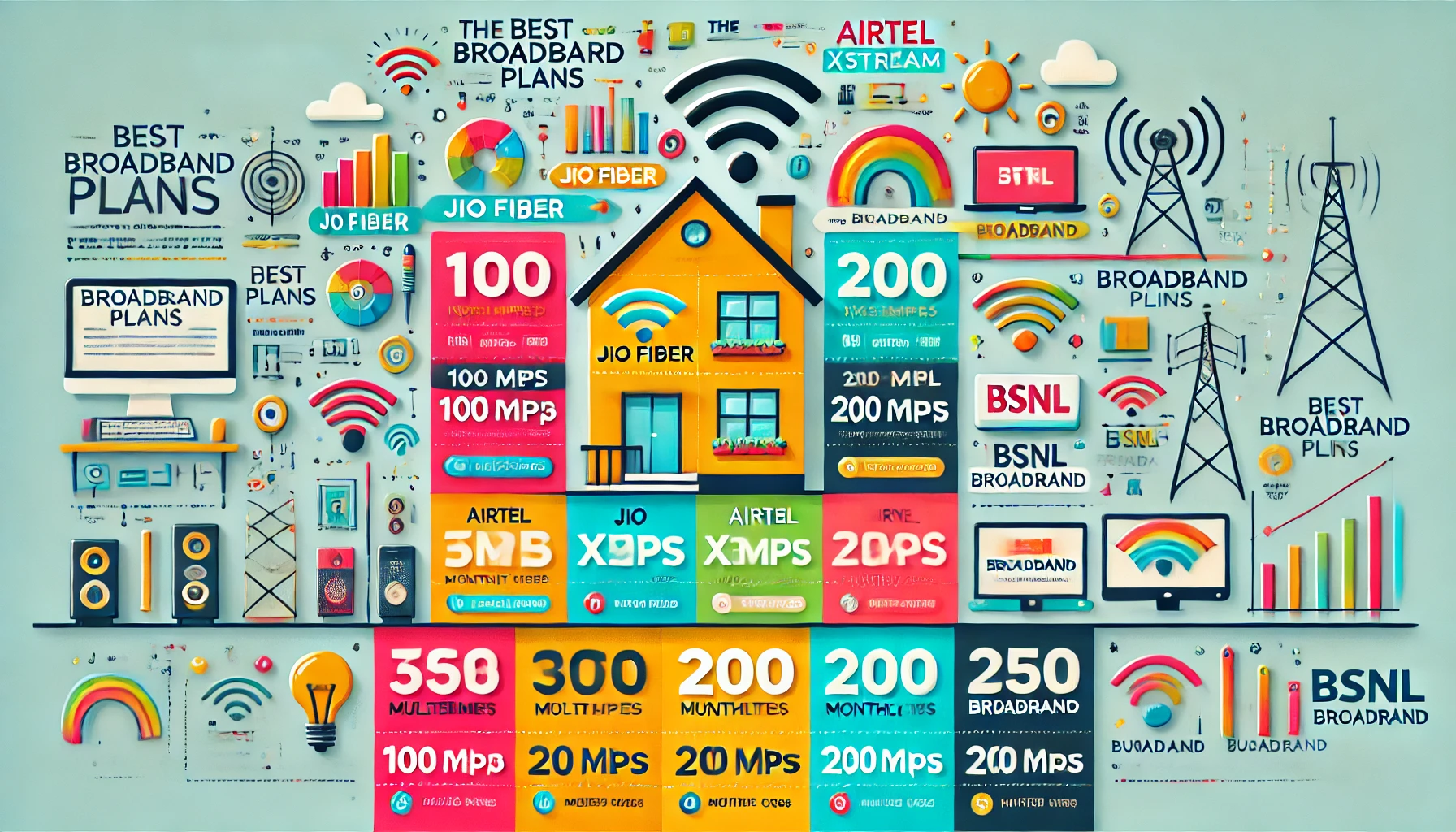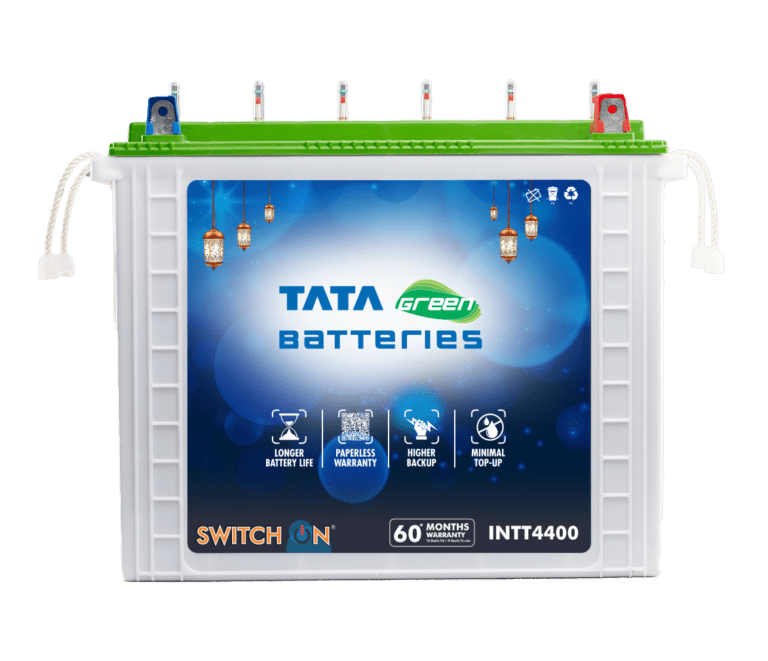Best Broadband Plans for Home
Best Broadband Plans for Home
Staying connected at home has become essential in today’s digital age. Whether it’s streaming your favorite shows, staying in touch with family, or working remotely, having a fast and reliable internet connection is crucial.
This guide is designed to help you find the best broadband plans available for your home in India.
We’ll explore various types of internet connections, compare leading providers, examine pricing options, and discuss availability in different areas. With this information, you’ll be better equipped to choose a plan that perfectly fits your family’s needs.
Key Takeaways
- Discover the latest and most reliable broadband plans for your home in India
Understand the differences between fiber, cable, and DSL internet technologies
Evaluate download and upload speed requirements based on your household’s usage patterns
Compare top internet service providers and their pricing structures
Analyze regional coverage and service quality variations to find the best option for your location
Understanding Broadband Internet Technology and Speed Tiers
The world of broadband technology is complex, with options like fiber optic, cable internet, and DSL. Knowing the differences between these is key to picking the right plan for your home.
Fiber vs Cable vs DSL:
Key Differences Fiber optic tech offers the fastest speeds, often over 1 Gbps. Cable internet speeds range from 100 Mbps to 1 Gbps, but uploads are slower. DSL, the oldest, uses phone lines and has the slowest speeds, maxing out at 100 Mbps.
Download and Upload Speed Requirements
Streaming 4K videos requires a minimum download speed of 25 Mbps.
Online gaming: Needs around 3-6 Mbps download and 1-2 Mbps upload speeds
Video conferencing: Demands 1.5-3 Mbps for both download and upload
Basic web browsing and email: Can be satisfied with as little as 1-5 Mbps download
Data Consumption Patterns for Home Use
The average Indian household uses about 17.5 GB of data monthly. This can change based on devices, streaming, and internet use. Families with many devices and streaming habits might need more data or unlimited plans to avoid extra fees.
| Broadband Technology | Download Speeds | Upload Speeds | Typical Data Caps |
|---|---|---|---|
| Fiber Optic | 1 Gbps – 10 Gbps | 1 Gbps – 10 Gbps | Unlimited |
| Cable Internet | 100 Mbps – 1 Gbps | 10 Mbps – 50 Mbps | 100 GB – Unlimited |
| DSL | 1 Mbps – 100 Mbps | 1 Mbps – 20 Mbps | 10 GB – Unlimited |
“Broadband technology is the backbone of our digital lives, and understanding the nuances of each type can help us make informed decisions about our home internet needs.”
Best Broadband Plans for Home: Top Providers Compared
Finding the best broadband plans for your home in India can be tough. But, comparing the top providers like Airtel, Jio Fiber, ACT Fibernet, and BSNL Bharat Fiber can help. This way, you can choose wisely.
Airtel is a top internet service provider in India. They offer many residential internet plans with good speeds and prices. Their Jio Fiber plans, for example, go up to 1Gbps. This makes them great for streaming and gaming online.
| Provider | Plan | Download Speed | Price (INR/month) |
|---|---|---|---|
| Airtel | Airtel Xstream Fiber | up to 1Gbps | 999 |
| Jio Fiber | Jio Fiber Basic | up to 100Mbps | 399 |
| ACT Fibernet | ACT Blaze | up to 300Mbps | 799 |
| BSNL Bharat Fiber | BSNL Bharat Fiber Basic | up to 40Mbps | 449 |
If you’re looking for something affordable, BSNL Bharat Fiber has plans starting at 449 INR per month. These plans offer speeds up to 40Mbps. ACT Fibernet, meanwhile, provides fast fiber-optic internet plans. Their speeds can go up to 300Mbps.
When picking a broadband plan for your home, think about your internet use, devices, and budget. By looking at what these top internet service providers offer, you can find the best residential internet plan for you.
Pricing Structure and Hidden Costs in Home Internet Plans
When choosing a home broadband plan, don’t just look at the monthly fee. There are hidden costs that can affect your spending. These include rental fees and long-term contract obligations. It’s important to understand these to find the best and most affordable internet plan.
Monthly Rental and Installation Fees
Internet service providers (ISPs) often charge a monthly fee for equipment like modems and routers. This can cost from a few dollars to over $10 a month. Also, setting up a new connection can cost up to $100 or more.
Long-term Contract Benefits and Limitations
Long-term contracts with ISPs can offer lower monthly rates. But, they lock you into a fixed-term agreement. This can limit your ability to switch providers or upgrade your plan without extra fees.
Additional Equipment Costs to Consider
- Router Fees: Some ISPs charge a separate monthly fee for the router, which can range from $5 to $15 per month.
- Modem Rental: If you don’t own your own modem, you may be required to rent one from the ISP, adding another monthly cost.
- Mesh Network Devices: For larger homes or areas with poor Wi-Fi coverage, you may need to invest in additional mesh network devices to ensure reliable connectivity, incurring further expenses.
When looking at broadband pricing, remember to consider all hidden costs. This ensures you make a choice that fits your budget and future internet needs.
| Service | Monthly Rental Fee | Installation Fee | Router Fee | Modem Rental |
|---|---|---|---|---|
| Provider A | $5 | $50 | $10 | $8 |
| Provider B | $8 | $75 | $12 | $10 |
| Provider C | $7 | $60 | $9 | $9 |
Regional Availability and Coverage Analysis
India’s broadband scene is complex, with different areas having different internet options. Cities often have fast fiber-optic networks, giving people quick internet. But, suburbs and rural areas usually have slower DSL or cable.
Urban vs Suburban Coverage Options
As India’s economy grows, telecom companies are working hard to close the digital gap. Cities like Delhi, Mumbai, and Bangalore now have wide FTTH networks. This means people there can enjoy fast internet and low latency.
But, suburbs and rural areas face challenges. They often have to settle for slower internet speeds.
Network Infrastructure and Future Expansion
Internet service providers in India are upgrading their networks to fix this problem. Projects like BharatNet aim to bring affordable broadband to every village. These upgrades will help improve internet in rural and suburban areas soon.
Service Quality Variations by Location
Where you live affects your internet quality in India. Cities usually have better, faster internet than suburbs and rural areas. Things like population density and infrastructure play a big role.
As providers expand their networks, everyone can look forward to better internet. This will make broadband more consistent and fair, no matter where you are.
FAQ
What are the key differences between fiber, cable, and DSL broadband technologies?
Fiber broadband is the fastest, reaching speeds up to 1 Gbps. It uses fiber-optic cables. Cable internet uses TV infrastructure and offers high speeds. DSL, on the other hand, uses phone lines and has slower speeds than fiber and cable.
What download and upload speeds do I need for common home internet activities?
For basic browsing and streaming, 25-100 Mbps download speeds are enough. For video calls and file sharing, 5-20 Mbps upload speeds are needed. For 4K streaming or online gaming, you might need even faster speeds.
How do the top broadband providers in India compare in terms of plans, speeds, and pricing?
Top providers like Airtel, Jio Fiber, ACT Fibernet, and BSNL Bharat Fiber offer various plans. They differ in speeds, data limits, and prices. It’s important to compare these to find the best plan for your needs and location.
What are the hidden costs associated with home broadband plans?
Besides the monthly fee, there are hidden costs. These include installation fees, long-term contracts, and extra charges for routers or modems. These can add up and affect the total cost of your plan.
How does broadband availability and coverage vary across urban and suburban areas in India?
Urban areas have better broadband coverage and quality. They often have access to fast fiber or cable internet. Suburban and rural areas have fewer options, often with slower DSL connections. The quality and availability of broadband can vary greatly by location.






